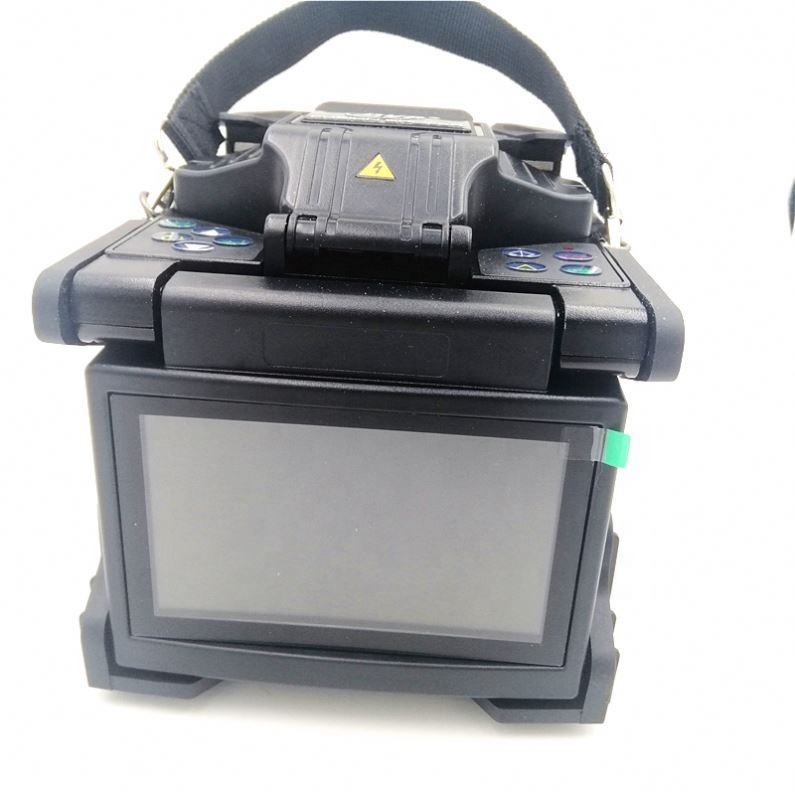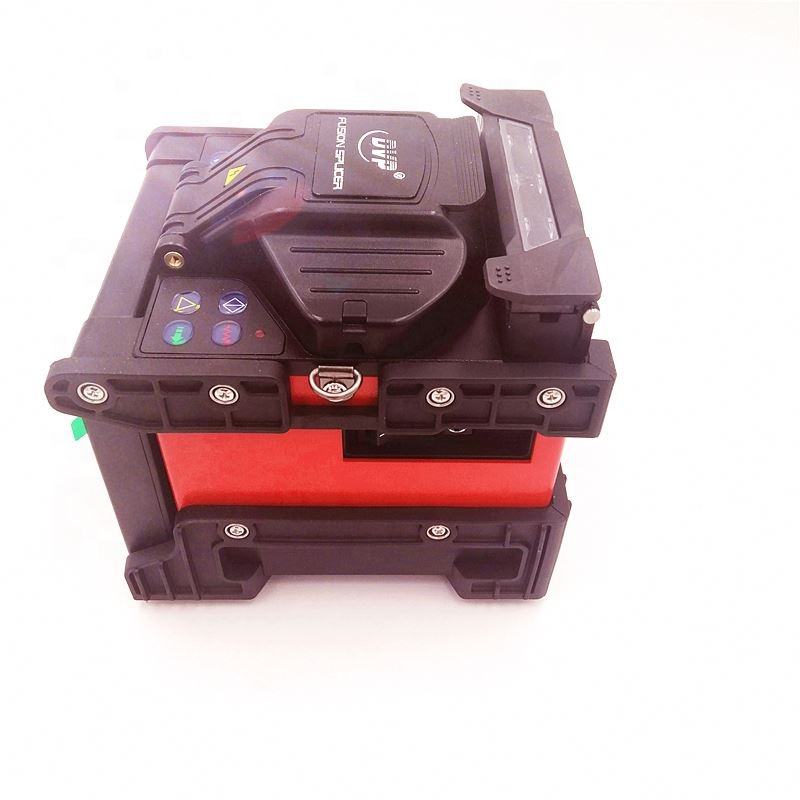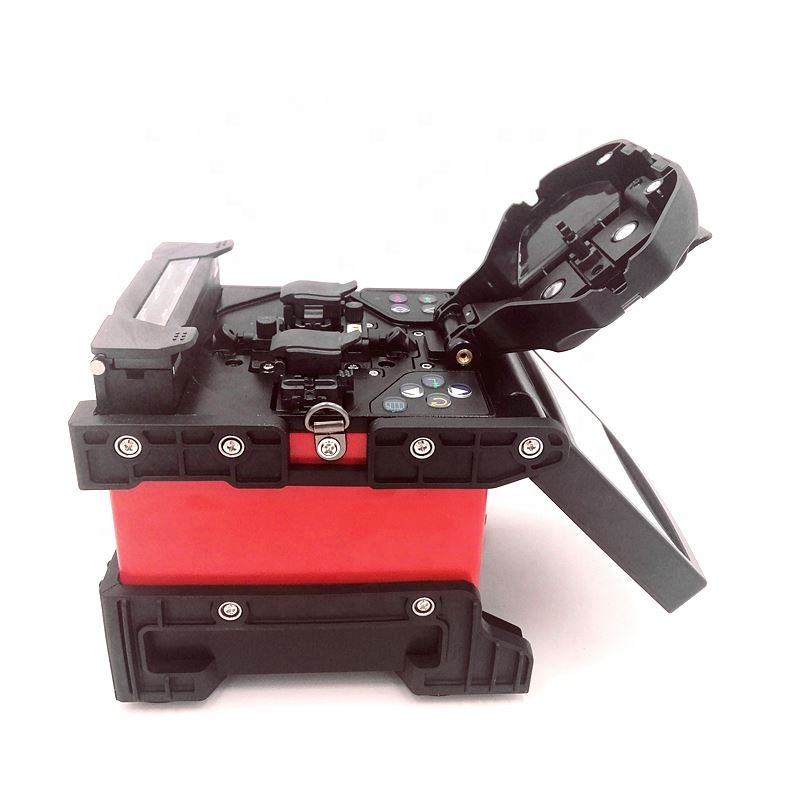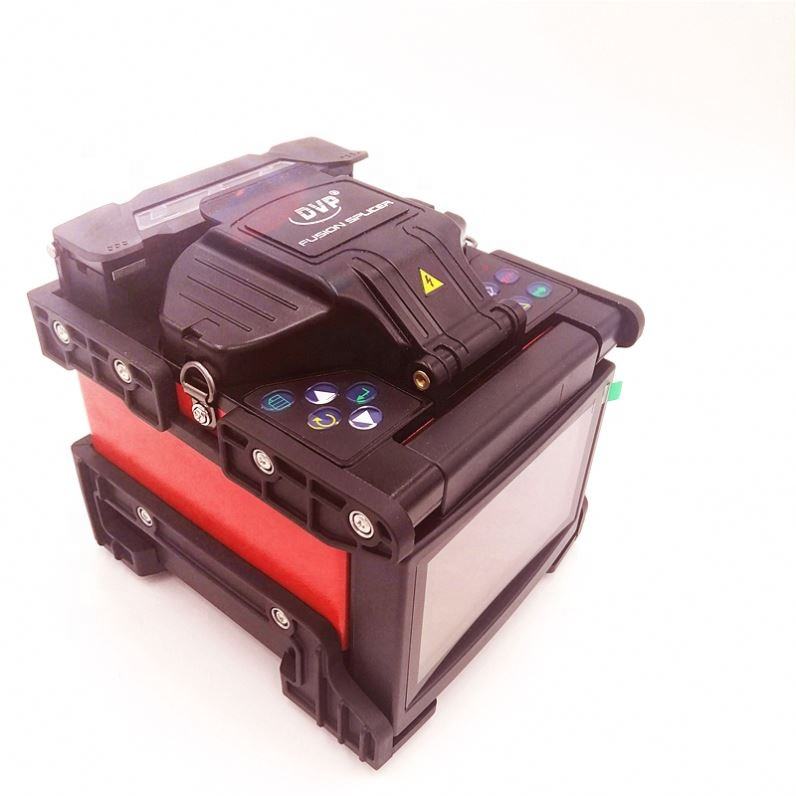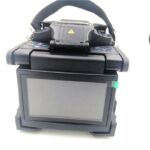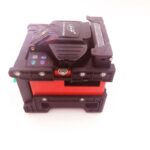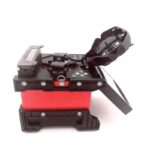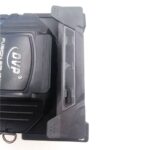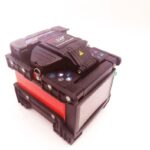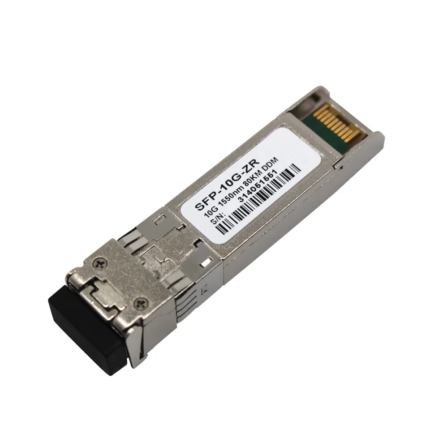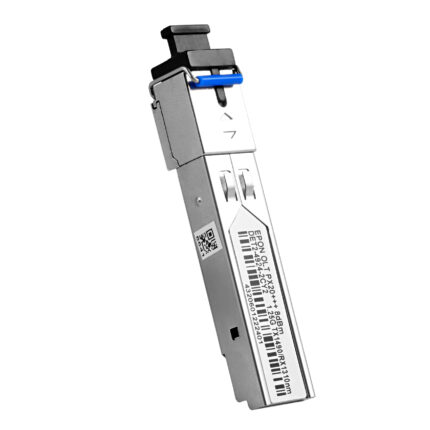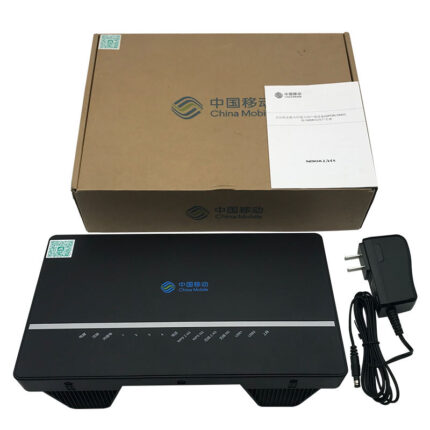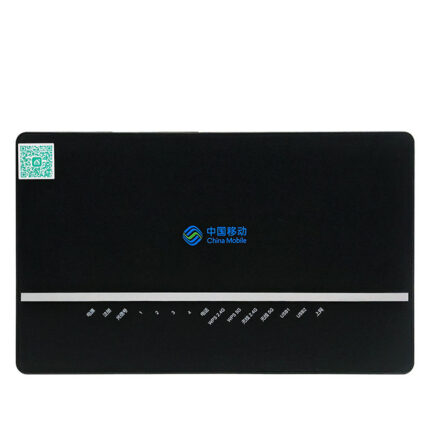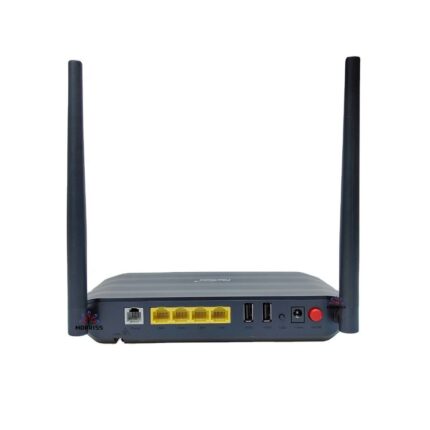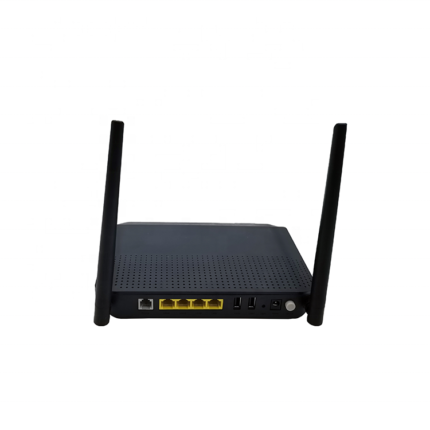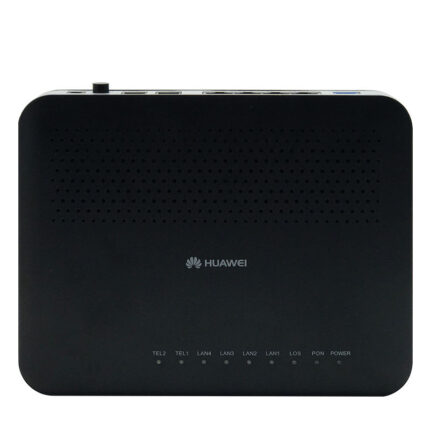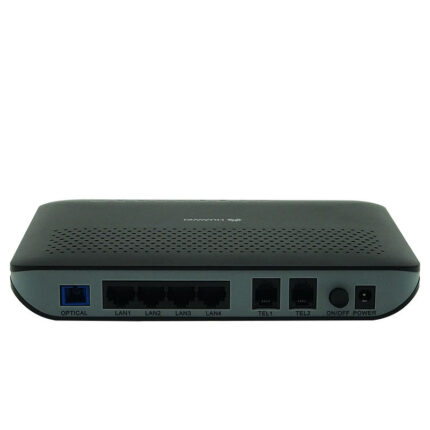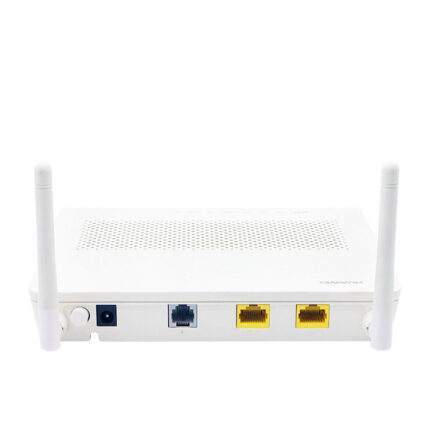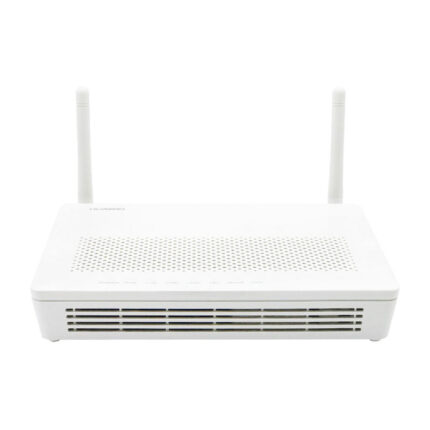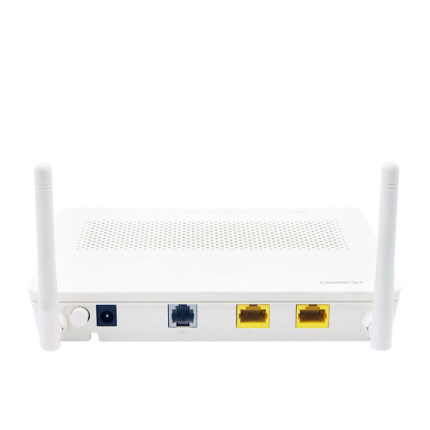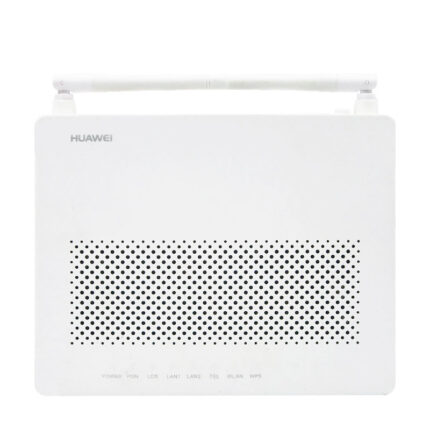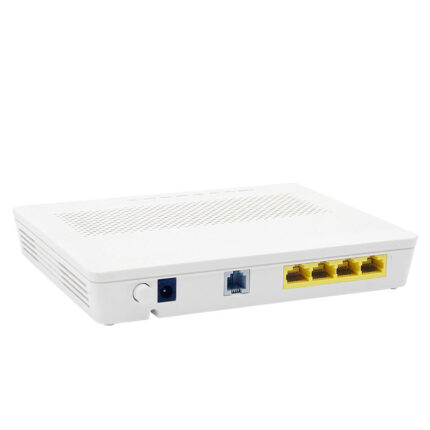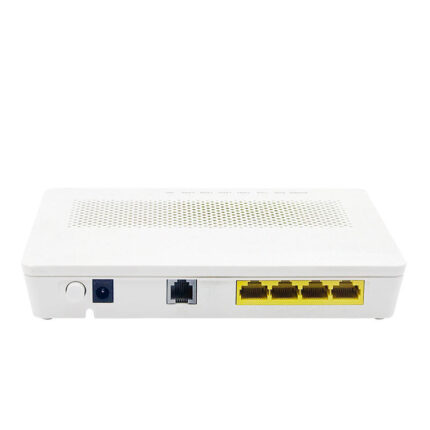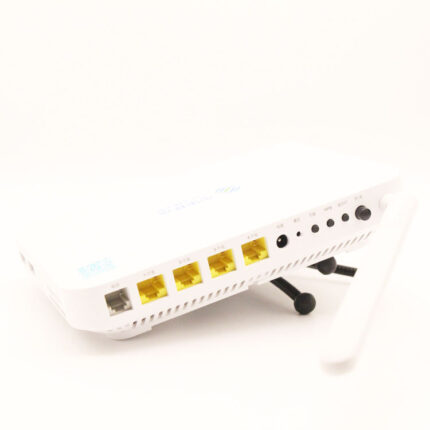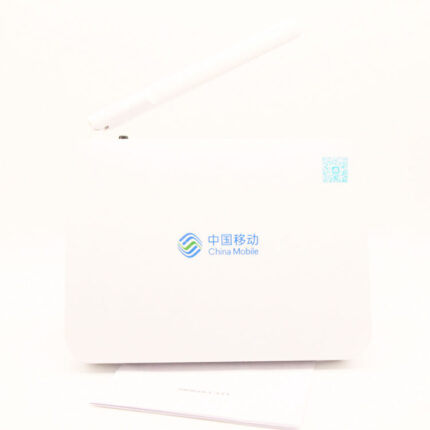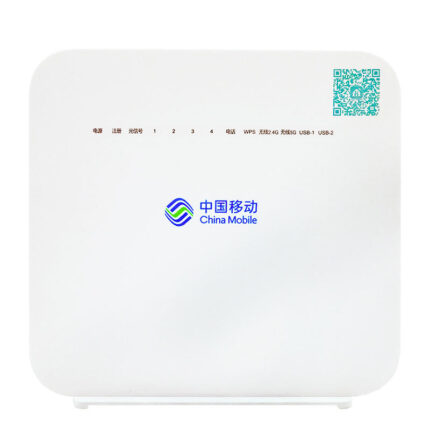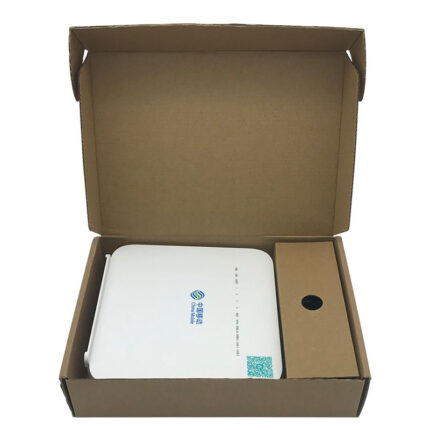Overview of Optic Splicing Machine
A fiber Optic Splicing Machine, also known as a fusion splicer, is a sophisticated device used to join two optical fibers end-to-end through a process of aligning and fusing their cores. This process ensures minimal signal loss and back reflection, making it essential for constructing and maintaining high-performance fiber optic networks.
Key Features
- Core Alignment Technology:
- Precision: Utilizes advanced optical imaging systems to align the fiber cores with high precision, typically through a combination of image processing and motorized control.
- Low Splice Loss: Ensures minimal splice loss, usually less than 0.02 dB for singlemode fibers, crucial for maintaining signal integrity over long distances.
- Automated Splicing Process:
- Ease of Use: Automated processes for fiber alignment, fusion, and splicing parameters adjustment reduce the need for manual intervention and skill, making the device user-friendly.
- Consistency: Provides consistent splicing quality with automated calibration and self-check features.
- High-Resolution Display:
- User Interface: Features a high-resolution color display that shows detailed images of the fiber ends during the splicing process, allowing for precise control and monitoring.
- Touchscreen Controls: Many models come with touchscreen interfaces, enhancing usability and simplifying operation.
- Fast Splicing and Heating Times:
- Efficiency: Modern splicing machines can complete a splice in less than 10 seconds and a heat-shrink in around 30 seconds, improving overall workflow efficiency.
- Productivity: High-speed operation is essential for large-scale projects, reducing downtime and labor costs.
- Rugged and Portable Design:
- Durability: Designed to withstand harsh field conditions with robust, shock-resistant cases.
- Portability: Lightweight and compact, making it easy to transport and handle in various field environments.
- Connectivity and Data Management:
- Data Transfer: Equipped with USB ports and sometimes Bluetooth for easy data transfer, software updates, and remote operation.
- Documentation: Ability to store and manage splicing data, aiding in quality control and documentation for maintenance records.
- Power Options:
- Battery Operated: High-capacity rechargeable batteries ensure extended operation in the field without the need for constant recharging.
- Versatile Power Supply: Can be powered via AC adapters for indoor use or direct connection to power sources in field conditions.
Technical Specifications
- Splice Loss: Typically <0.02 dB for singlemode and <0.01 dB for multimode fibers.
- Return Loss: Better than 60 dB for singlemode fibers.
- Fiber Types Supported: Singlemode (SM), multimode (MM), dispersion-shifted (DS), and non-zero dispersion-shifted (NZDS) fibers.
- Operating Environment: Designed to function reliably across a wide range of temperatures and environmental conditions, often with dust-proof and water-resistant features.
Applications
- Telecommunications: Essential for splicing fibers in central offices, distribution hubs, and field installations.
- Data Centers: Used for creating and maintaining high-density fiber optic networks within data centers.
- Enterprise Networks: Suitable for building and maintaining robust enterprise-level fiber optic infrastructures.
- Broadcast and CATV: Ensures high-quality splices for broadcast and cable television networks.
- FTTH (Fiber to the Home): Critical for connecting the last mile of fiber optic networks to individual homes and buildings.
Advantages
- Precision and Reliability: High-precision core alignment and fusion ensure reliable, low-loss splices.
- User-Friendly Operation: Automated features and intuitive interfaces reduce the learning curve and operational complexity.
- Efficiency: Fast splicing and heating times enhance productivity, making it ideal for large-scale deployments.
- Durability and Portability: Rugged design and portability make it suitable for various field conditions.
For more: Click Here
